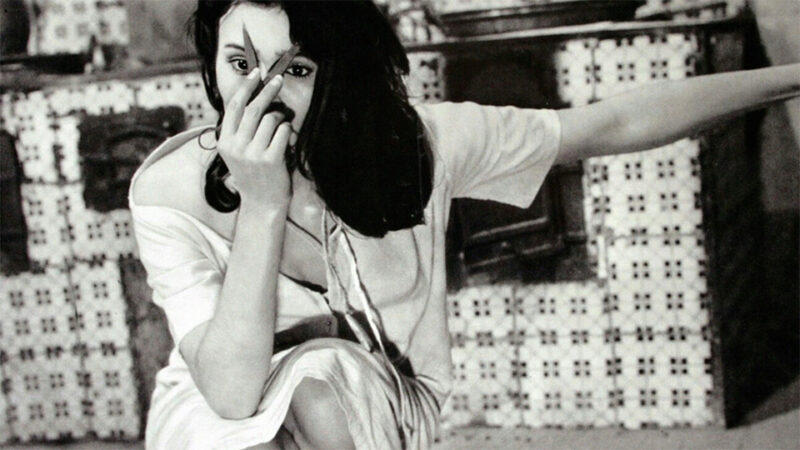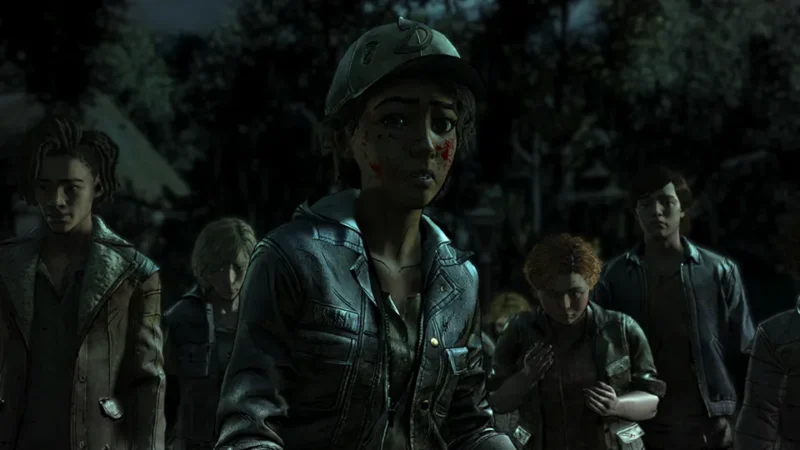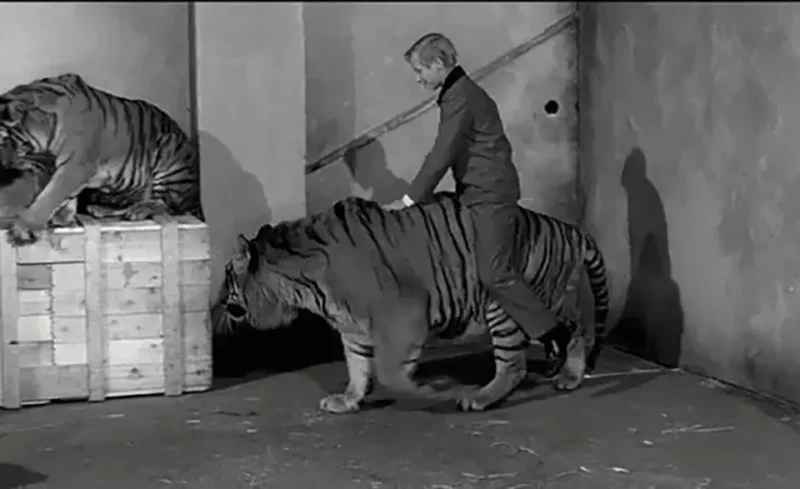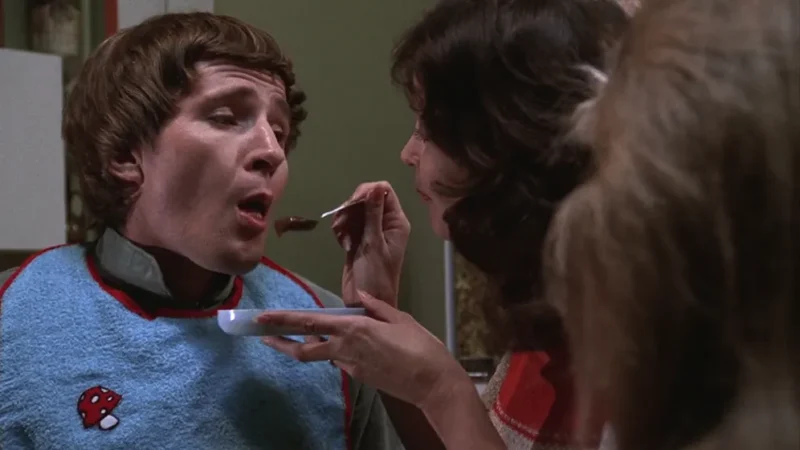
The write-up and preview clips from this movie would have you believe it is a precursor to The Exorcist. It really has more in common with Don’t Torture a Duckling than your typical pea soup vomiting exorcism cash-in movie. The plot is about a woman having a breakdown over a lover’s rejection. She turns to folk religion and curses and ends up being persecuted by all those around her. The black and white photography is stark and beautiful and the acting is all top-notch. It all works very well as a drama and character study rather than any sort of horror movie (folk or otherwise).

A crime boss rebuilds his empire after suffering a nervous breakdown. He becomes more and more ruthless as time goes by and beings to alienate his wife and his closest associates. It was an alright story, but it was mostly noteworthy for its sympathetic portrayal of mental health issues.

A collection of essays about most of the major art movements of modernism (plus a final chapter on the 80s and post-modernism). It’s a mixed bag. The cubism stuff was very informative but it’s mostly downhill from there. Also, as an art book, not having the illustration plates within the flow of the text is a huge minus for me.

This is definitely the weakest season The Walking Dead games. Apparently, halfway through development Telltale went out of business and the game had to be taken over by a new company (made up of many of the same crew).
On the plus side, we are back to focusing on Clementine’s story by directly controlling her and her choices. One the minus side, most of the characters are dopey teenagers that are all, for the most part, kinda friendly with each other. There isn’t that slow boil conflict between survivors that was in the last game.
Your job throughout has shifted from survival to focusing on influencing the development of young A.J. At one point in the game he makes an unbelievably stupid choice and there’s no getting around it. It’s just a means of adding conflict between the main characters without any grounding in how real people behave.
Despite this annoyance, the story moves forward and we get some nostalgic scenes with characters from Clem’s past. It all leads up to an ending that feels about right and manages to pull the heartstrings (and the zombie guts). They’ve also added a “collectibles” aspect to each episode and the quick-time event sequences are as jarring as ever. All-in-all flawed but worthy conclusion to this excellent series.

An old Cantonese crime movie which is only noteworthy because Jackie Chan plays a thug with a giant black mole on his cheek. Streaming service thumbnails will make you think he’s the star, but, alas, he is not.

A horror/comedy about an exclusive restaurant and the patrons who are trapped there. It leans heavily into satire mocking both foodie culture and class divisions. It was good eats.

The sequel to Der Hexer is more goofy than the original and is not really a good as a mystery/thriller. The point of the movie is mostly to show off all the sneaky ways in which the Hexer outsmarts the villains and cops. And there is a completely bonkers scene is which a one-armed teenage boy tries to ride actual tigers.

A swinging 70s family has a baby who’s a grown man. He babbles, cries and crawls around and no one seems disturbed by this. A social worker takes a little too much interest in Baby’s case and the family doesn’t approve. This movie tip-toes close to being a John Waters style perversion story without ever really crossing that line. It’s weird, silly and thoroughly entertaining.

Excellent neo-noir that feels like a lot of the post-Pulp Fiction indies that came out in the 90s. Tense and thrilling with a cut-and-paste structure that only kinda/sorta feels like a gimmick.

The final Ustinov Poirot film is a Cannon film production but there is no karate in it. It’s cheap looking and has quite a few bad young actors mixed in with the aging golden era celebrities. Still, it’s an Agatha Christie mystery and you kinda know what you’re going to be getting.






